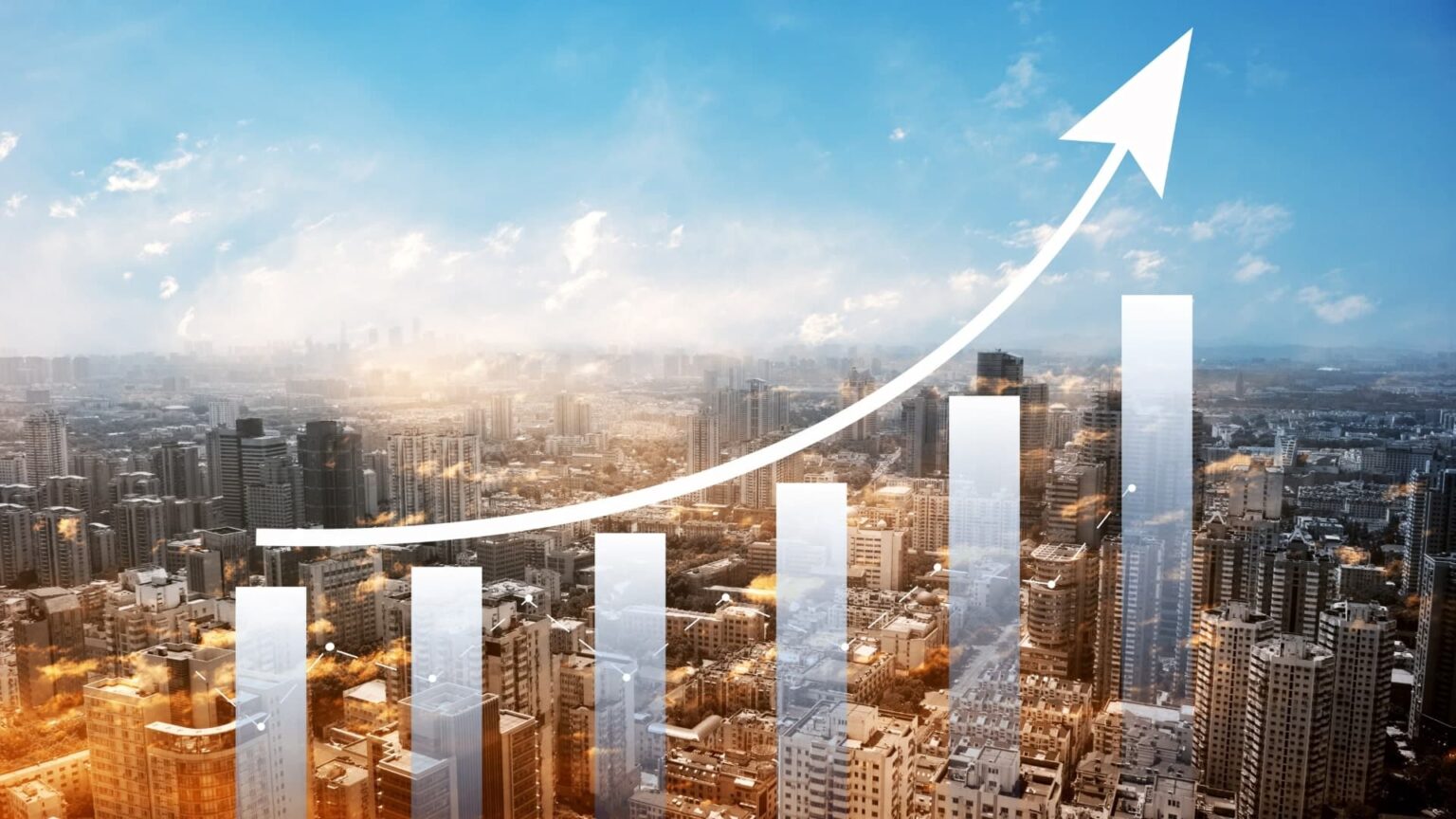Introduction
The United Arab Emirates (UAE) has transformed from a desert economy reliant on pearl diving and fishing to one of the most dynamic and diversified economies in the world. Over the past few decades, the UAE has positioned itself as a global financial and business hub, fueled by its strategic location, visionary leadership, and robust economic policies. This article explores the key drivers of the UAE’s economic growth, the diversification efforts, sectoral contributions, and future prospects.
Historical Economic Transformation
The economic evolution of the UAE can be traced back to the discovery of oil in the late 1950s. Prior to this, the country’s economy was primarily based on fishing, pearl trading, and small-scale agriculture. The commercial production and export of oil in the 1960s and 1970s fueled rapid economic growth, allowing for large-scale investments in infrastructure, healthcare, education, and industry.
However, unlike many oil-rich nations, the UAE has aggressively pursued economic diversification to reduce its reliance on hydrocarbons. Through strategic initiatives and investments, the country has evolved into a global business hub, with key industries such as tourism, trade, real estate, aviation, and technology contributing significantly to its GDP.
Diversification: Beyond Oil Dependence
The UAE has implemented several economic policies to reduce dependence on oil. The government’s Vision 2021 and Centennial Plan 2071 aim to create a sustainable, knowledge-based economy. Some of the major diversification strategies include:
1. Tourism and Hospitality
Tourism plays a crucial role in the UAE’s economy, particularly in Dubai and Abu Dhabi. Landmark attractions such as the Burj Khalifa, Palm Jumeirah, Sheikh Zayed Grand Mosque, and theme parks have made the country a global tourist destination. Mega-events such as Expo 2020 Dubai further boosted tourism, showcasing the UAE’s innovation and hospitality.
2. Real Estate and Infrastructure
The real estate sector has been a significant contributor to the UAE’s economy. Cities like Dubai and Abu Dhabi have become global centers for real estate investment, attracting investors from around the world. Large-scale projects such as The Dubai Mall, Burj Khalifa, and The World Islands have placed the UAE on the map for luxury living and business opportunities.
3. Financial Services and Banking
The UAE has established itself as a financial powerhouse with global free zones like the Dubai International Financial Centre (DIFC) and Abu Dhabi Global Market (ADGM). These zones offer attractive tax incentives and regulatory frameworks that have drawn international banks, investment firms, and fintech startups.
4. Technology and Innovation
The UAE is rapidly becoming a leader in technology and innovation, investing heavily in artificial intelligence (AI), blockchain, and smart city initiatives. Dubai’s Smart City Strategy and Abu Dhabi’s Hub71 initiative support tech startups and attract global technology firms.
5. Manufacturing and Industrial Growth
Industrial expansion has been a focal point of the UAE’s economic strategy. The Khalifa Industrial Zone (KIZAD) and Jebel Ali Free Zone (JAFZA) are among the largest industrial and logistics hubs in the region, attracting multinational companies and promoting exports.
6. Renewable Energy and Sustainability
The UAE is taking significant strides toward sustainability and renewable energy. The Masdar City project in Abu Dhabi is a prime example of the country’s commitment to clean energy. The UAE aims to generate 50% of its energy from renewable sources by 2050, with investments in solar and nuclear energy projects such as the Mohammed bin Rashid Al Maktoum Solar Park and the Barakah Nuclear Power Plant.
Key Economic Indicators and Performance
1. GDP Growth and Economic Output
The UAE’s GDP has witnessed steady growth, driven by its diversified economic base. In 2022, the country’s GDP surpassed $500 billion, making it one of the largest economies in the Middle East. Economic reforms and trade policies continue to boost economic resilience, even in the face of global uncertainties.
2. Foreign Direct Investment (FDI)
The UAE remains a top destination for foreign direct investment (FDI) in the region. Favorable business regulations, tax-free zones, and investor-friendly policies have attracted multinational corporations to establish their presence in the country.
3. Trade and Logistics Hub
Strategically located between Europe, Asia, and Africa, the UAE serves as a global trade hub. The Jebel Ali Port in Dubai is one of the busiest ports in the world, and the country’s aviation industry, led by Emirates and Etihad Airways, plays a crucial role in global connectivity.
4. Employment and Workforce
The UAE has a highly diverse workforce, with expatriates comprising the majority. Government initiatives such as Emiratization aim to increase local employment in various sectors. Additionally, the recent introduction of long-term visas, such as the Golden Visa, attracts global talent to contribute to economic growth.
Challenges and Future Prospects
1. Economic Volatility and Global Risks
Despite its strong economic foundation, the UAE faces challenges such as fluctuating oil prices, global recessions, and geopolitical tensions. The government continues to implement strategic policies to mitigate these risks and ensure economic stability.
2. Sustainability and Climate Challenges
As the UAE pursues economic growth, sustainability remains a key concern. Climate change, water scarcity, and carbon emissions are challenges that the country is addressing through green initiatives and clean energy projects.
3. Technological Adaptation and Digital Economy
To remain competitive, the UAE is accelerating digital transformation. Artificial intelligence, blockchain, and smart governance initiatives are being integrated into various sectors to drive innovation and efficiency.
4. Post-Pandemic Recovery
The COVID-19 pandemic impacted global economies, but the UAE demonstrated resilience through effective crisis management and economic recovery programs. Government stimulus packages, tourism revival, and investment in healthcare have supported the nation’s post-pandemic rebound.
Conclusion
The UAE’s economic growth story is a testament to visionary leadership, strategic planning, and a commitment to diversification. By investing in key sectors such as tourism, finance, technology, and renewable energy, the country has built a robust economy that is resilient to global challenges. Moving forward, continued innovation, sustainability initiatives, and economic reforms will ensure that the UAE remains a leading economic powerhouse in the region and beyond.
Do follow on Instagram
Also Read: 3 Things to Know before The Stock Market Opens Monday



